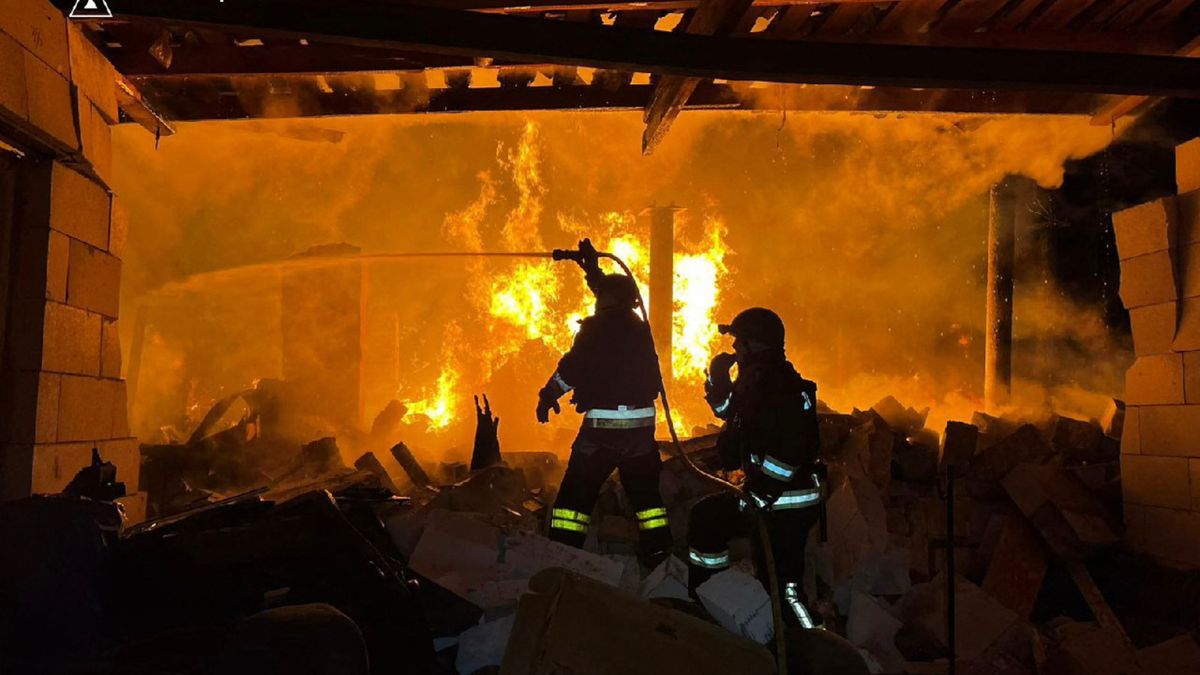The Ukraine-Russia ceasefire regarding the energy infrastructure came to an end on Thursday (April 17) with no extension in sight.
Last month, Russian leader Vladimir Putin agreed to a 30-day ceasefire regarding energy infrastructure, which Russia later called moratorium on energy infrastructure attacks, in a call with US President Donald Trump on March 18.
However, the ceasefire was never actually implemented as Russian attacks never stopped, so its end means little in the ongoing war between Ukraine and Russia.
Ahead of the ceasefire’s end, Ukraine on Wednesday said that Russia had conducted 30 attacks on Ukraine’s energy infrastructure despite committing to the truce.
From the onset, there was lack of clarity about the energy ceasefire even as the Trump administration hailed it as a major achievement. While Russia said the ceasefire came into effect on March 18, Ukraine maintains it came into effect on March 25. In any case, both the sides accuse the other of breaking it within hours.
Russia has claimed without evidence Ukraine attacked its energy facilities constantly throughout the truce and Ukraine has also said that Russian attacks struck power plants and grids in Poltava, Kharkiv, Kherson, Kryvyi Rih, and elsewhere, according to Wall Street Journal.
No Russian desire for a ceasefire
In recent days, Russia has expressed no desire to extend the energy ceasefire.
Ahead of the end of the ceasefire, Kremlin spokesperson Dmitry Peskov said the ceasefire was about to expire and accused Ukraine of not implementing. He said the decision about the ceasefire’s possible extension rests with Putin.
So far, three ceasefire proposals have emerged in US-mediated peace talks and Russia has essentially rejected all of them.
Besides the energy ceasefire, Russia also refused to implement the second ceasefire in the Black Sea. It said the ceasefire would be implemented only if certain sanctions on Russia are lifted and Russian access to the financial system SWIFT is restored . Meanwhile, Ukraine agreed to both of these ceasefire proposals.
Impact Shorts
More ShortsUkraine also agreed to a US-backed proposal for a complete 30-day ceasefire that was also rejected by Russia. Putin said he accepted the 30-day ceasefire proposal in principle but laid down a slew of maximalist demands for its implementation that essentially killed the proposal.
In response to these proposals, Putin repeated some longstanding demands and made new ones as well. In response to the complete 30-day ceasefire, Putin said that “the idea itself is the right one” but certain "nuances" needed to be addressed .
Among Putin’s demands were some longstanding maximalist demands, such as the addressal of what Russia calls ‘root cause’ of the conflict, and several tactical demands, such as how the ceasefire would be implemented on the ground and how it would be monitored. Critics of Putin have said that, in the guise of figuring out such details, Putin is delaying talks to maximise gains of the battlefield.
Putin repeated the longstanding demand to address the ‘root cause’ of the conflict, which he uses for the purported Western expansion towards Russia and the purported threat to Russian security from Ukraine’s embrace of such an expansion. Putin made some new demands as well, such as the surrender, and not withdrawal, of Ukrainian soldiers in Kursk; freeze on Western supply of arms to Ukraine during ceasefire; and freeze on Ukraine’s mobilisation of training of soldiers during the ceasefire.
In response to the Black Sea ceasefire, Russia said the ceasefire would only come into effect if sanctions on the Russian Agricultural Bank; financial institutions involved in the international trade of food and fertilisers; and insurance companies from working with Russia for trade of food and fertilisers; servicing of Russian ships engaged in food and fertiliser trade; and supplies of agricultural machinery to Russia are lifted.


)

)
)
)
)
)
)
)
)



